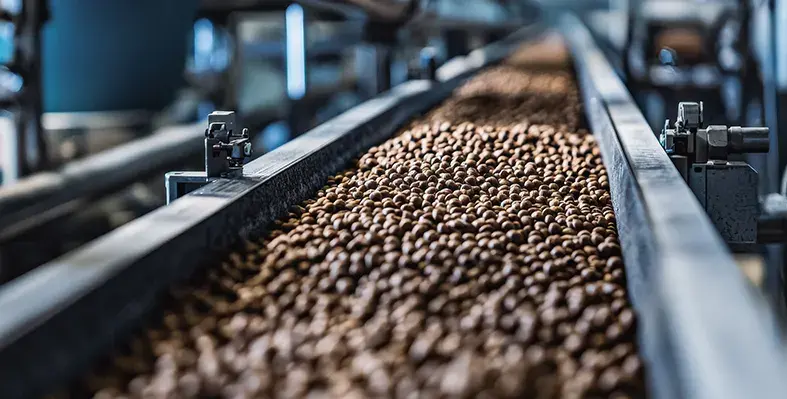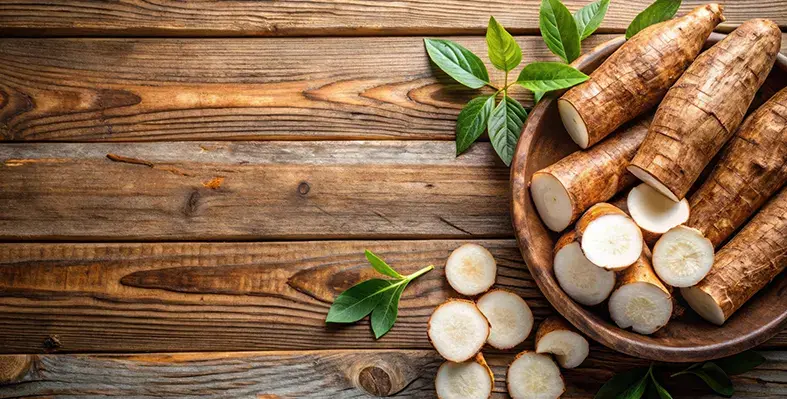BinSentry, a Canadian agtech company transforming animal feed logistics through advanced sensor technology, has announced a US$50mn Series C funding round led by Lead Edge Capital.
This investment supports BinSentry’s continued global expansion as the agriculture sector shifts towards AI, automation, and data-driven decision-making.
The company develops AI-powered, solar-operated sensors paired with a proprietary software platform that enables real-time feed inventory monitoring with 99% accuracy. Designed to replace manual feed checks, these self-cleaning sensors give animal agriculture companies reliable visibility into on-farm feed levels—helping to prevent outages, eliminate waste, and streamline operations.
BinSentry’s platform also features a mobile dashboard that enables better forecasting and planning for feed mills and livestock producers. The company currently supports industry leaders across North America and Brazil, including Cargill, Hanor, and Wayne-Sanderson Farms, and monitors over 40,000 bins.
Aaron Darr, principal at Lead Edge Capital said,“We’ve been closely monitoring parts of the agriculture supply chain that have historically been underserved by software in anticipation of large agricultural companies needing better tools for cost savings, forecasting, and operational efficiency. BinSentry is exactly the kind of company we look for: a proven business with real customer traction using AI, real-time data, and automation to solve critical problems. As the agtech sector matures, companies like BinSentry with strong fundamentals and clear ROI are best positioned to lead the next wave of innovation.”
Earlier this year, BinSentry and Cargill formalised a partnership making Cargill the exclusive distributor of BinSentry’s feed inventory platform in Brazil. The company reports strong performance, doubling growth year-over-year while maintaining a 0% churn rate—an indicator of both customer satisfaction and product reliability.
By improving supply chain visibility, BinSentry helps agricultural firms tackle issues such as inaccurate data, misaligned budgets, transportation inefficiencies, and poor feed conversion ratios. Its insights allow users to make faster, better-informed decisions that improve profitability.
Ben Allen, CEO of BinSentry said,“At BinSentry, our mission is to bring innovation, precision and visibility to one of agriculture’s most overlooked but critical challenges: feed logistics. “Our best-in-class sensors ensure large agricultural companies, feed mills, and their customers get the right feed at the right time, every time. With the support of our investors, we’re continuing to expand globally and offering our customers flexible options like a lifetime product warranty and no upfront costs. We’re proud to partner with Lead Edge Capital as we continue helping some of the largest agricultural companies in the world operate more efficiently, safely, and profitably.”
To further strengthen its leadership, Paul Bell—former Dell executive and experienced global operator—will join BinSentry’s Board of Directors.
With agtech investments on the rise, particularly in biotech and precision technologies, BinSentry’s momentum reflects broader trends driving growth in the global agricultural innovation space.









